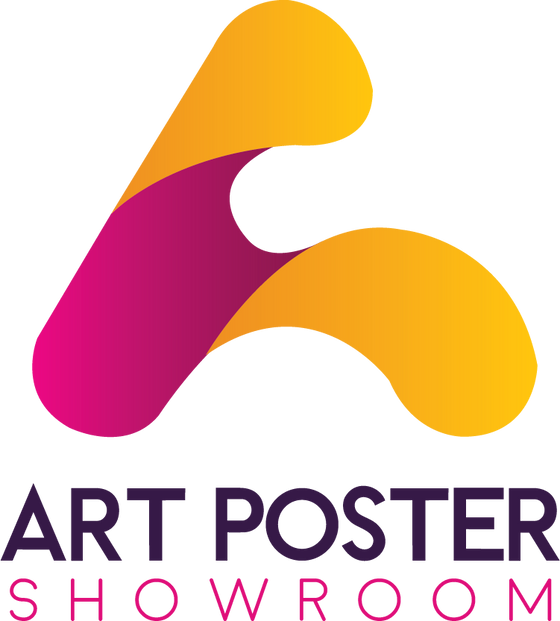Tips for Perfect Poster Design

1. Make it Easy to Read from a Distance
The top priority of a poster is generally to expose someone to an event. Key information should be easy to read from a distance to help draw people to the poster and create a hierarchy in the text.
When it comes to poster design you can think of text as having three distinct layers:
- Headline: This is the main (and largest) text element in the design. It can be in addition to an art element or it can be the art element. Opt for a readable typeface that is interesting and demands attention.
- Details: What, when, where? Answer these questions in the second level of text. What information does someone need to do what your poster is asking of them? Provide the information here in a concise manner. As for sizing there are two options – drop the size to about half of the main headline for very clear hierarchy or continue to use a larger size and use another technique for contrast. (The choice often depends on other elements and importance of secondary text.)
- The fine print: This one explains itself. Commonly seen on posters to promote movies, it’s everything else that someone decided needed to be on the poster. Make it small and keep it out of the way.
You have one glance to grab someone’s attention with a poster. High contrast between elements can help you do that. Forget a monotone color palette with pale gradients; go bold with color and type options. Poster design is a great time to try a typeface or color palette that might be too “crazy” for other projects. Experiment with it.
Think about a big color background as well. Many times poster designers start with a white canvas. If your printer allows, use a high color background with a full bleed to make your poster stand out from all the rest.
3. Consider Size and Location
This is important: Where is your poster going to be located? This factors in several ways, including the size of the poster (and possibly aspect ratio), visual clutter around the poster and will the people who see it appreciate your call to action?
Knowing where the design will live can help you make choices about how to create it. Not only is visual contrast important within your design, it is an important external factor as well. Think of it this way: If your poster is going to hang on a green wall, you probably want to use a contrasting color scheme so the design does not blend into the environment.
4. Make a Mini Version
While poster design is primarily a print project, create mini versions that can be used in other places as well. Remember one of those basic principles of marketing – a person needs exposure to something 20 times to remember it. The multiple poster versions can help you accomplish just that.
- Scale down an image that can be shared on social media.
- Make a postcard or letter size to hand out.
- Consider making a “poster-version” landing page for your website.
- Create a version that can be sent via email.
Whether you choose a photo, illustration or text, a dominant image is key. And just like the text, it needs to be readable from a distance.
When designing posters, think tight — close-up crops of faces or elements, single item illustrations, a common scene with a sharp focal point, novelty typography with high intrigue. After you select a visual be careful about layering elements. Type and images need to have enough contrast so that they are independently readable.




